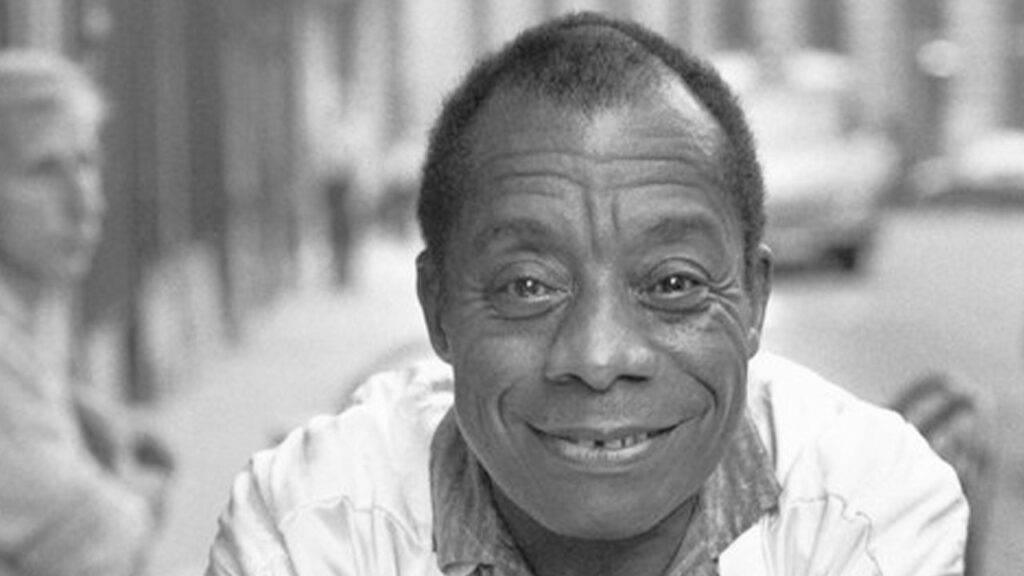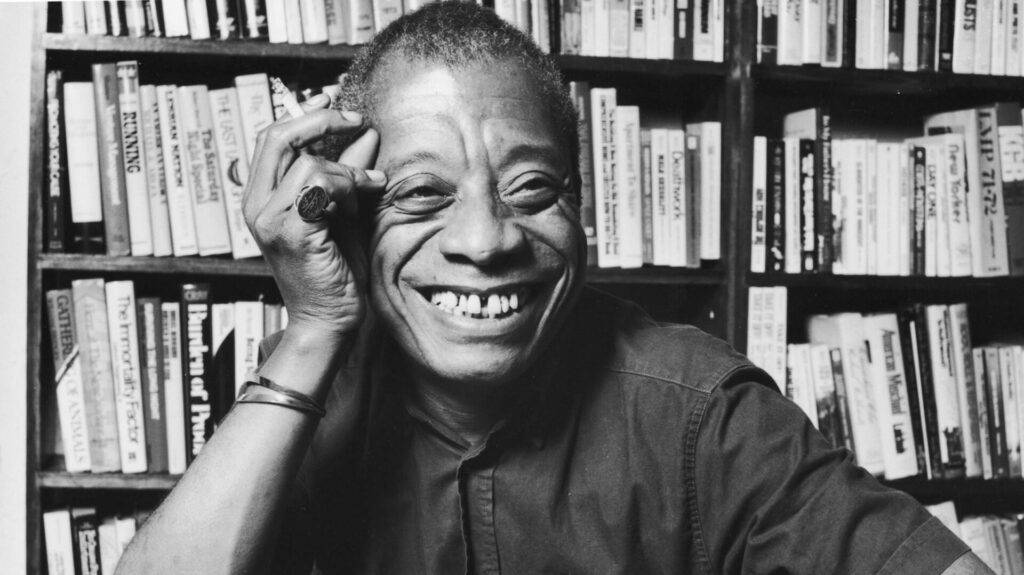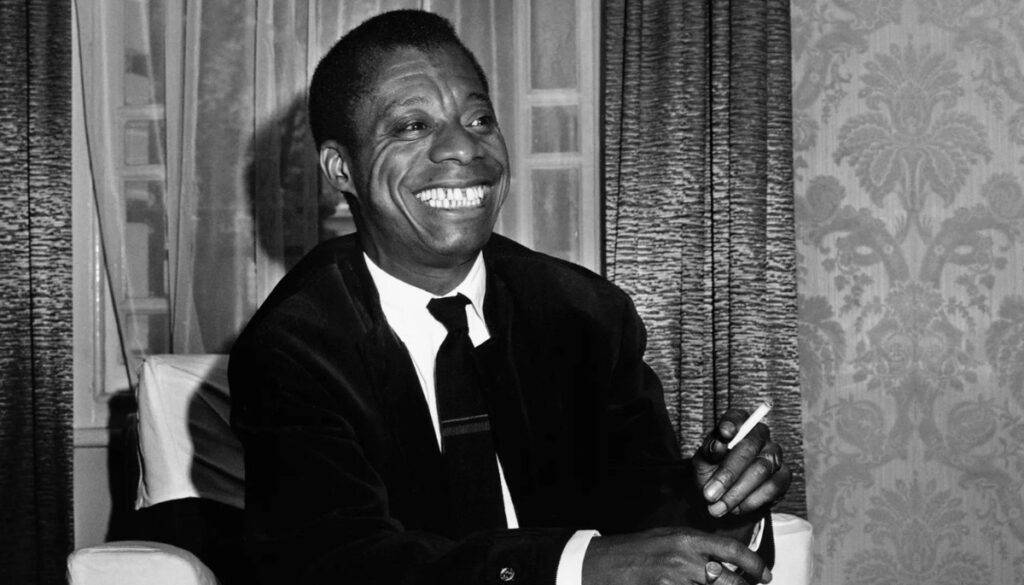James Baldwin, a renowned American writer and social critic, left an indelible mark on literature and activism. Born on August 2, 1924, in Harlem, New York City, Baldwin’s life journey is one of profound exploration and insight. This article delves into various aspects of his personal life, shedding light on his family, relationships, and the absence of a traditional family structure.

James Baldwin Family
James Baldwin was surrounded by a diverse and supportive family. His siblings, Gloria Karefa-Smart, Paula Whaley, Ruth Crum, Elizabeth Dingle, and Barbara Jamison, played pivotal roles in his upbringing. Raised by parents David Baldwin and Emma Berdis Jones, Baldwin’s early life was shaped by the rich tapestry of his familial connections.
Despite facing societal expectations, Baldwin never adhered to the conventional norms of marriage and children. His unique family structure, devoid of a traditional framework, fueled his exploration of relationships and love.

Baldwin, a gay man, navigated a society grappling with acceptance of diverse sexual orientations. Although he never married or had children of his own, Baldwin’s life was enriched by meaningful connections, contributing to his profound literary legacy.
His family, unconventional by societal standards, played a crucial role in shaping the perspectives that permeated his insightful writings. James Baldwin passed away on December 1, 1987, leaving behind a lasting impact on literature and social activism.
James Baldwin Kids
James Baldwin, a prominent American writer and social critic, did not have biological children during his lifetime. Baldwin’s personal journey diverged from conventional family norms, as he chose not to marry and experience fatherhood in the traditional sense. Despite the absence of biological offspring, Baldwin’s life was marked by a deep affection for children.

His unique perspectives on family dynamics and relationships were shaped by his interactions with various partners throughout his life. Baldwin’s longing for fatherhood and his unconventional approach to love and family provide a nuanced understanding of his experiences. The absence of biological children in Baldwin’s life did not diminish the impact of his legacy.
Instead, it serves as a testament to the diverse ways individuals can contribute to the fabric of familial and societal relationships. Baldwin’s exploration of love, connections, and unconventional family structures reflects the complexities of human experiences in the face of societal expectations.
James Baldwin Wife
Baldwin’s personal life, especially his romantic relationships, has been a subject of interest and speculation. Baldwin never married, and his romantic interests varied over the years. It is crucial to understand that Baldwin was gay, navigating a society that often struggled with acceptance and understanding of diverse sexual orientations.
Despite not conforming to societal norms of marriage, Baldwin’s life was rich with meaningful connections. His various partners inspired him and fueled his creative endeavors. Baldwin’s exploration of love, relationships, and the complexities of human connection is evident in his literary works, contributing to a broader understanding of diverse experiences.


